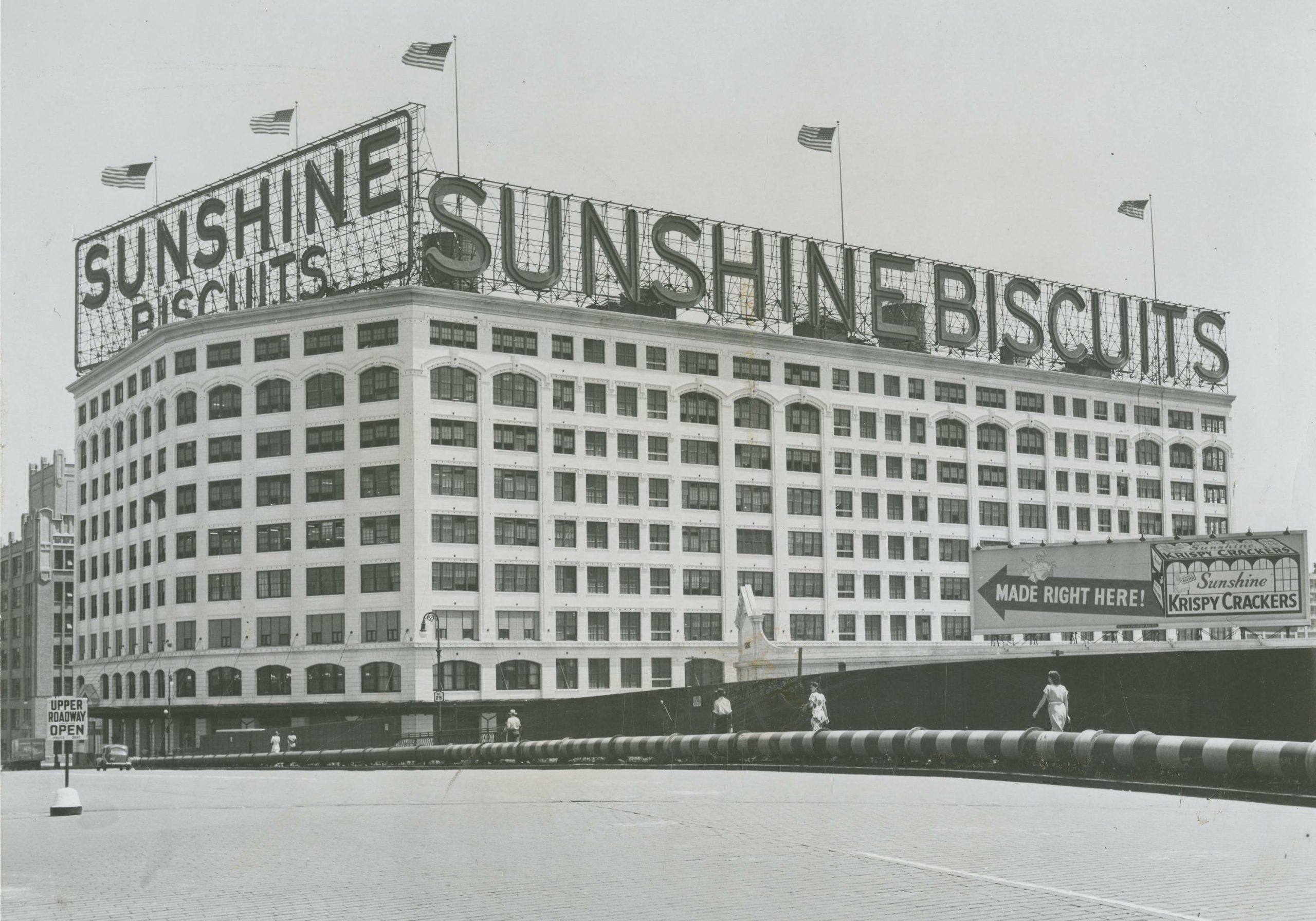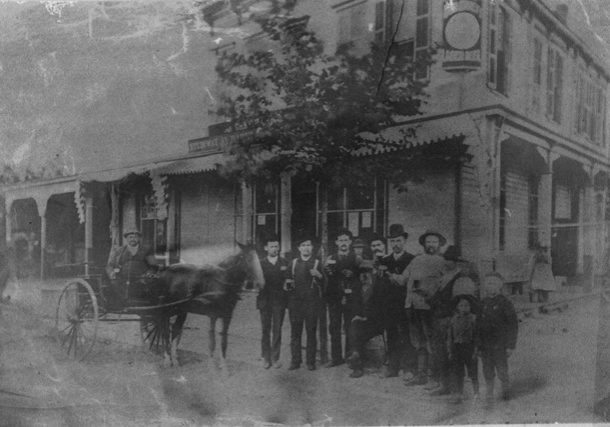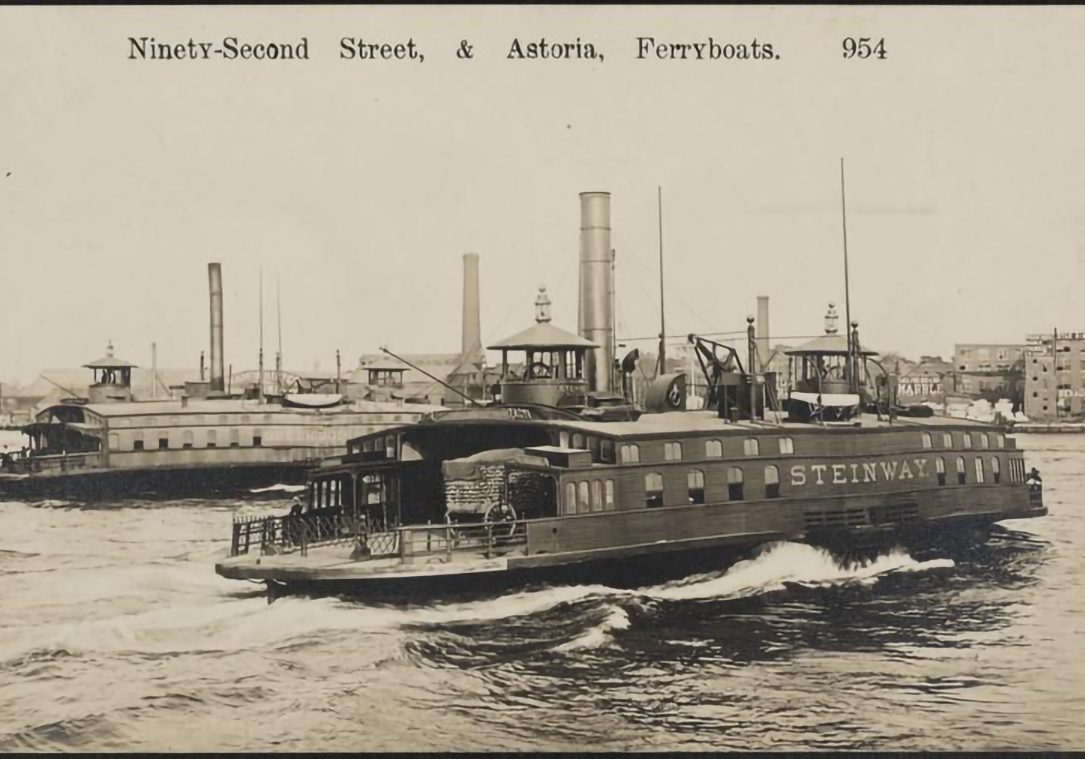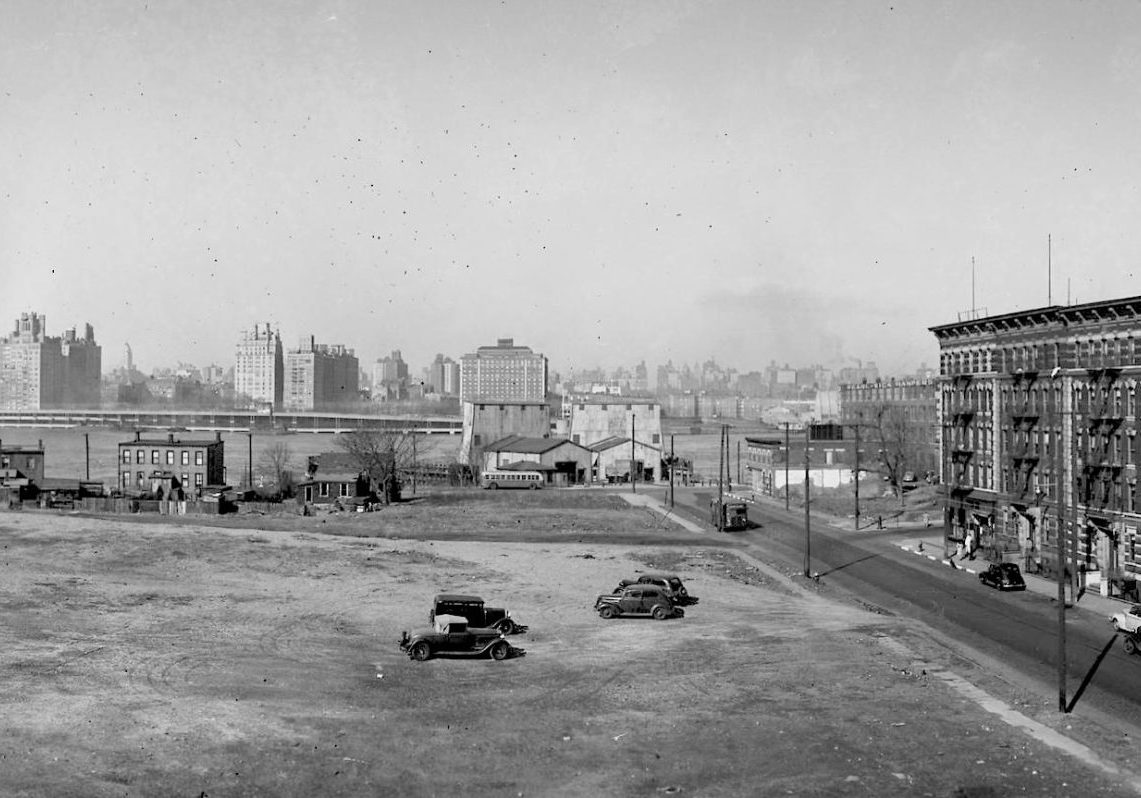Welcome To Astoria’s Lost Islands: The Fascinating History of Berrien’s Island and Its Transformation
One of the most impressive parts about Queens history is how the topography of its shoreline has changed so dramatically throughout the centuries that, water front homes and private beaches now lay buried beneath the Grand Central Parkway. At one time the nation’s largest amusement park, North Beach, stood for almost 60 years only to be replace by LaGuardia Airport. One of the most amazing changes has been the elimination of the islands which once existed just a hundred yards off of Astoria’s shores. Yes, islands!
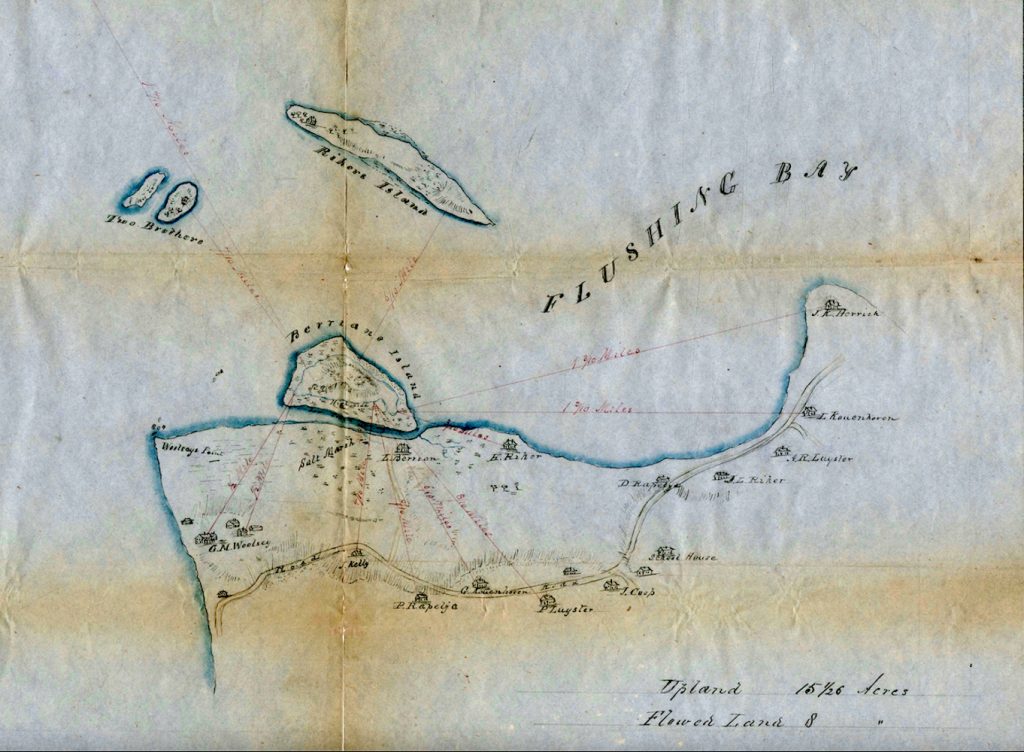
One such island was Berrien’s Island. Situated off the foot of today’s Steinway Street and Berrien Boulevard, the island was approximately three football fields long. It was named after Cornelius Jansen Berrien, and was situated between the northern part of Astoria and Riker’s Island. Throughout its history the island was owned by a variety of people. One the earliest people to inhabit the island which featured a large tree covered hill at its center was Cornelius Berrien. He was married to Sarah Hallett (the daughter of William Hallett, founder of Astoria). He originally purchased the island from Timothy Wood in 1727. Life on the island was good for the Berriens who established a prosperous farm and had several children. When they reached adulthood, they too would marry into families with names very familiar to Queens historians. They included the founding families of Queens such as the Rikers, the Luysters, Kouwenhovens, the Riker’s and Repelyes. Opposite Berrien’s Island was Luyster’s Island. Riker’s Island is situated further north and one of the last surviving on the East River islands.
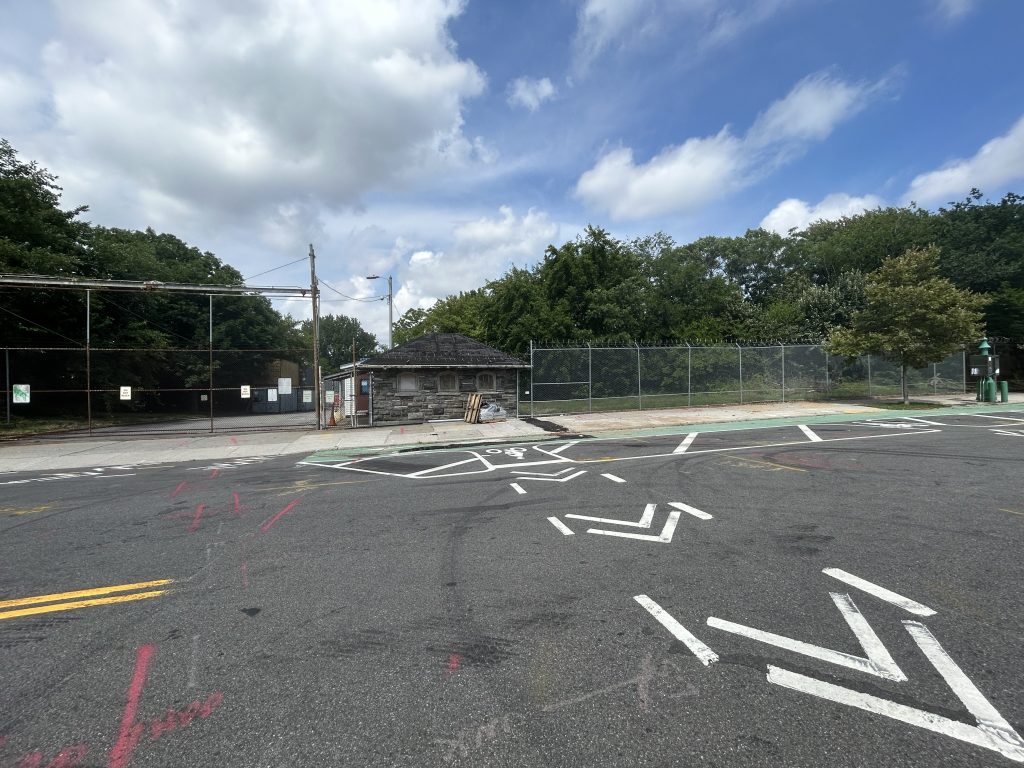
The three islands, Riker’s, Luyster’s and Berrien’s became uninhabited around the 1830s with the families moving their homesteads onto the mainland of Queens purchasing land which is occupied today by Astoria Heights and the hotels opposite LaGuardia Airport along Astoria Boulevard. The islands thus remained uninhabited until the end of the 19th Century.
In the summer of 1849 a cholera epidemic swept through New York City killing thousands of people. Soon the the cemeteries in Manhattan were filled to capacity and even the pauper cemeteries were filled. A committee was formed to locate and purchase a new cemetery. Berrien’s Island was chosen as the perfect site. The thought of having a pauper’s graveyard filled with cholera victims was met with overwhelming enthusiasm by Astoria residents. In order to circumnavigate this dilemma a private land owner named Marcellus Eells acted as the buyer for the city and purchased Berrien’s Island for $20,000 and then sold it back to the city for $30,000.
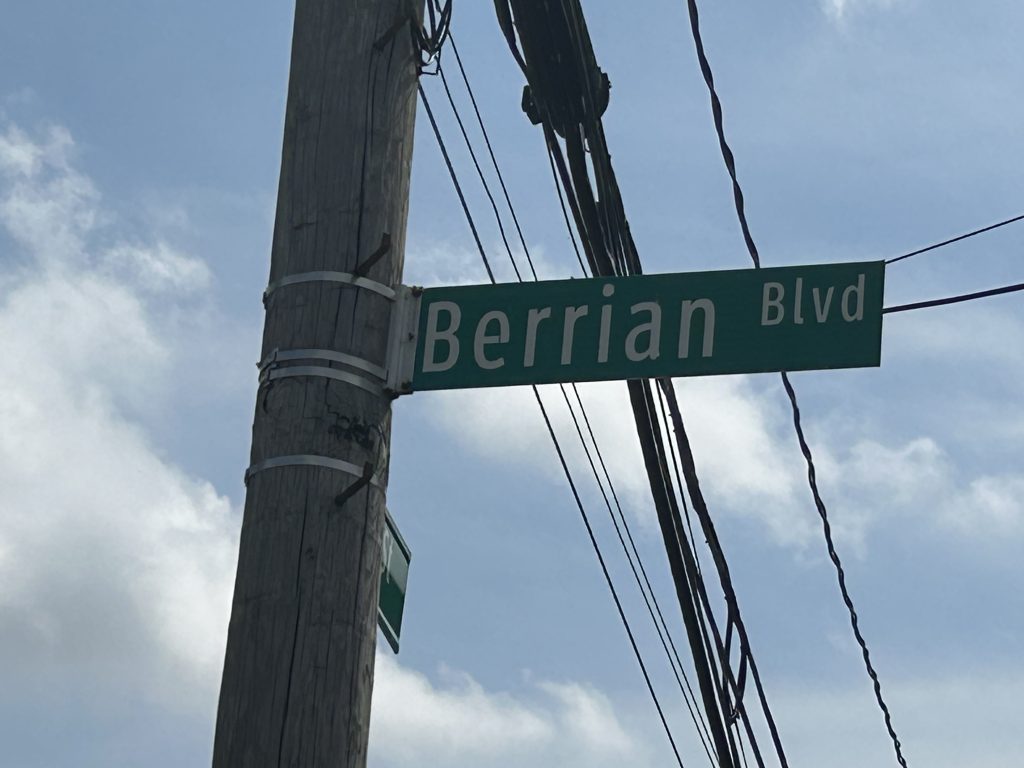
In the winter of 1849, some concerned citizens of Astoria led by Leonard Kirby sued the city for conflict of interest and illegal expenditures in the purchase of Berrien’s Island. The famous law suit filed by Astoria residents to block the proposed cemetery went all the way to the Supreme Court. The townspeople won the case and the cemetery idea was abandoned and so was the island. In 1890, the Manhattan Athletic Club purchased the island from the Berrien family with the goal of establishing a health spa. This to never came to pass.
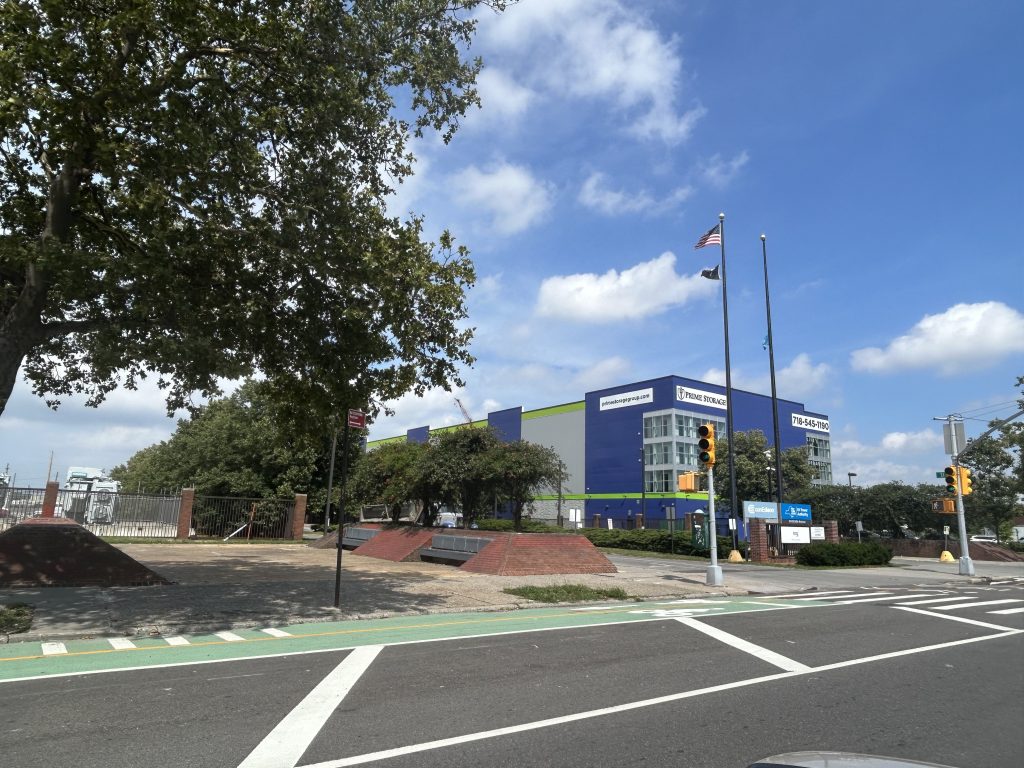
In 1898, the island was purchased by John D. Crimmins for $75,000 (more than 2.5 million in today’s money), who in term sold the island to multiple buyers who wished to establish factories and even an oil refinery. During the early 20th century the water between Long Island City and the island was filled in by the army Corps of Engineers and the island was now completely absorbed by the mainland. In the 1950s, the property which included the former Berrien’s and Luyster’s Island was purchased by Consolidated Edison which established a power sub station. It remains there until this very day.










